Hello, hello! Is there anybody out there?
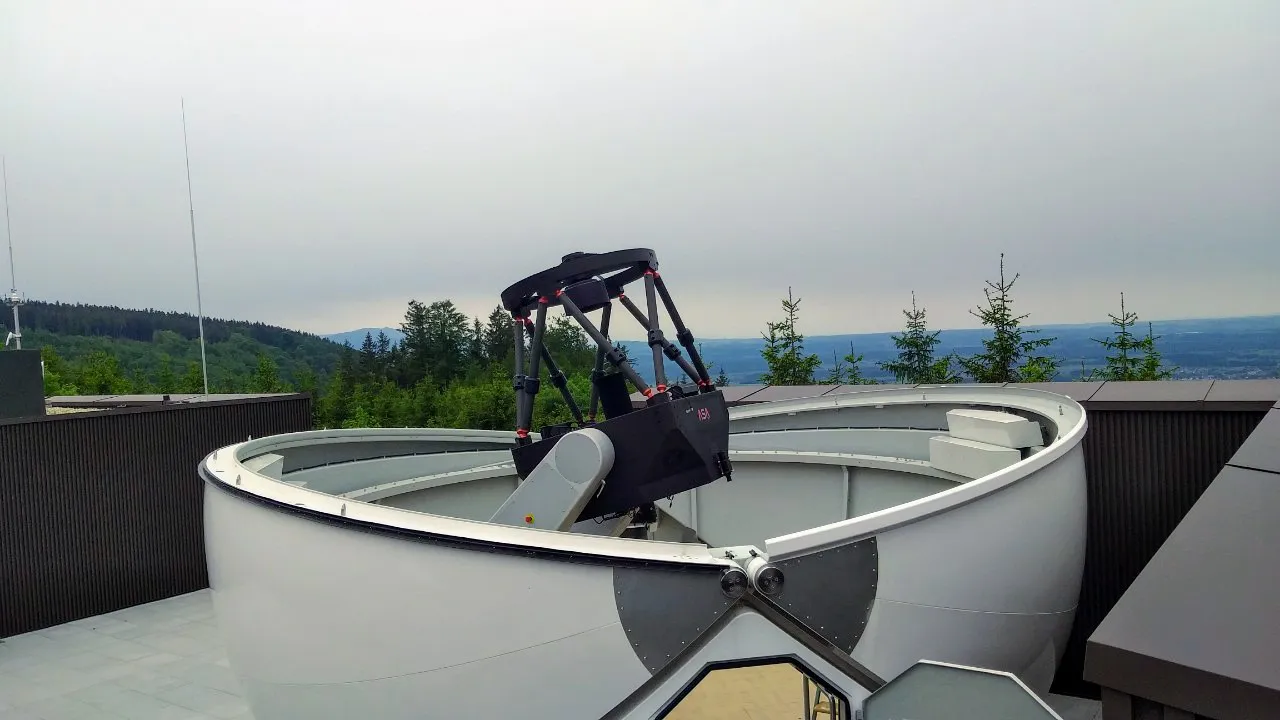
The other day I promised you some fancy photos from space, but first, let's see the masterpieces of engineering that capture these images. Photos in this post are from observatory I visited and worked one.
What do you need to know about modern-day telescopes? Usually, they have 2 mirrors, Primary and secondary, these are curved, and most used ones have primary as a paraboloid and the secondary as hyperboloid. You an check out the scheme for easier understanding, of course, there are various technical details, but we won't go into that here - unless you really want to know - then I'll make another post :). BASIC function of a telescope is to gather as much light as possible from one object and put it into a single point - receiver, either our eye(Professional astronomers don't really look with the naked eye), spectrograph or CCD camera.
I will start with the smallest one, 60cm telescope located in Western Sydney, Australia.
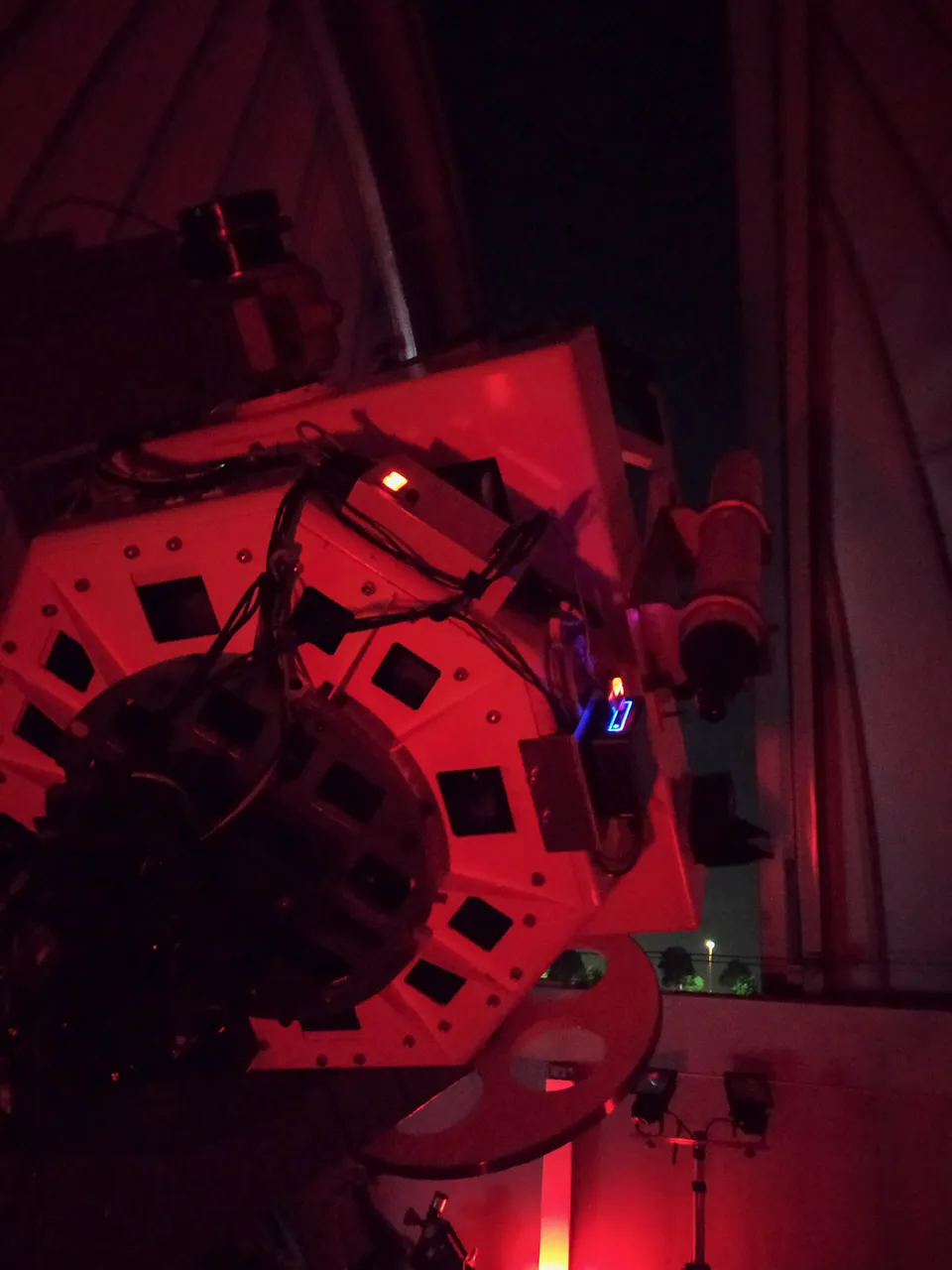
60 cm telescope means that its primary mirror has 60cm in diameter, and then there is a secondary mirror located at the exact distance to get the focal point on the desired place and use the best out of geometrical optics.
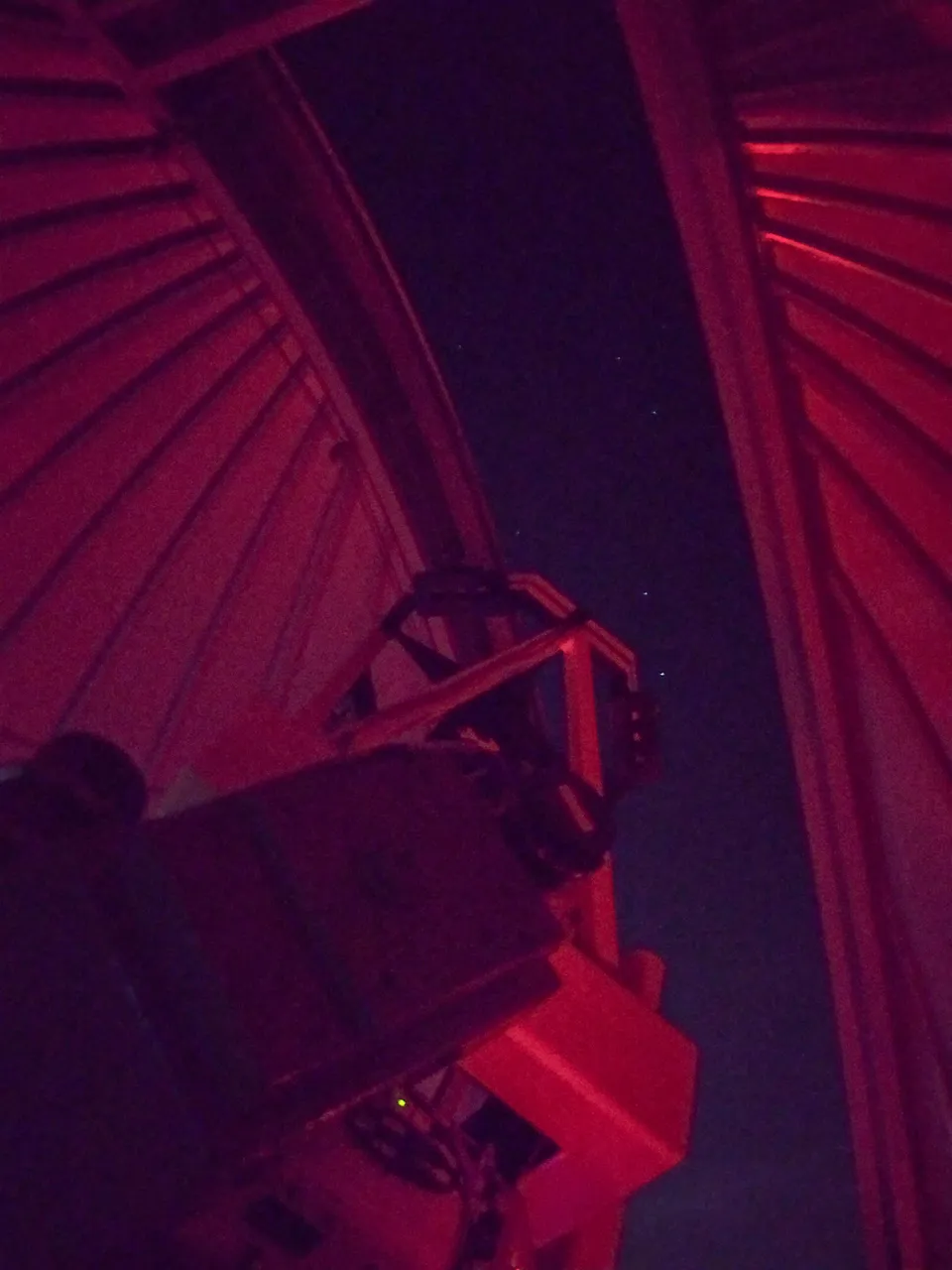
Next one on the list is 1m telescope in Salzburg, Austria - they produce some high-quality telescopes and mirroring systems.

Anyways, you see the mirror with 1m diameter requires a much larger body than just 1m of tubes, since it must have solid construction, so the bars don't wrench, and everything breaks apart.
Now we are entering into the medium size category, 2m telescopes, and if you thought that these baby boys were big, check these out!
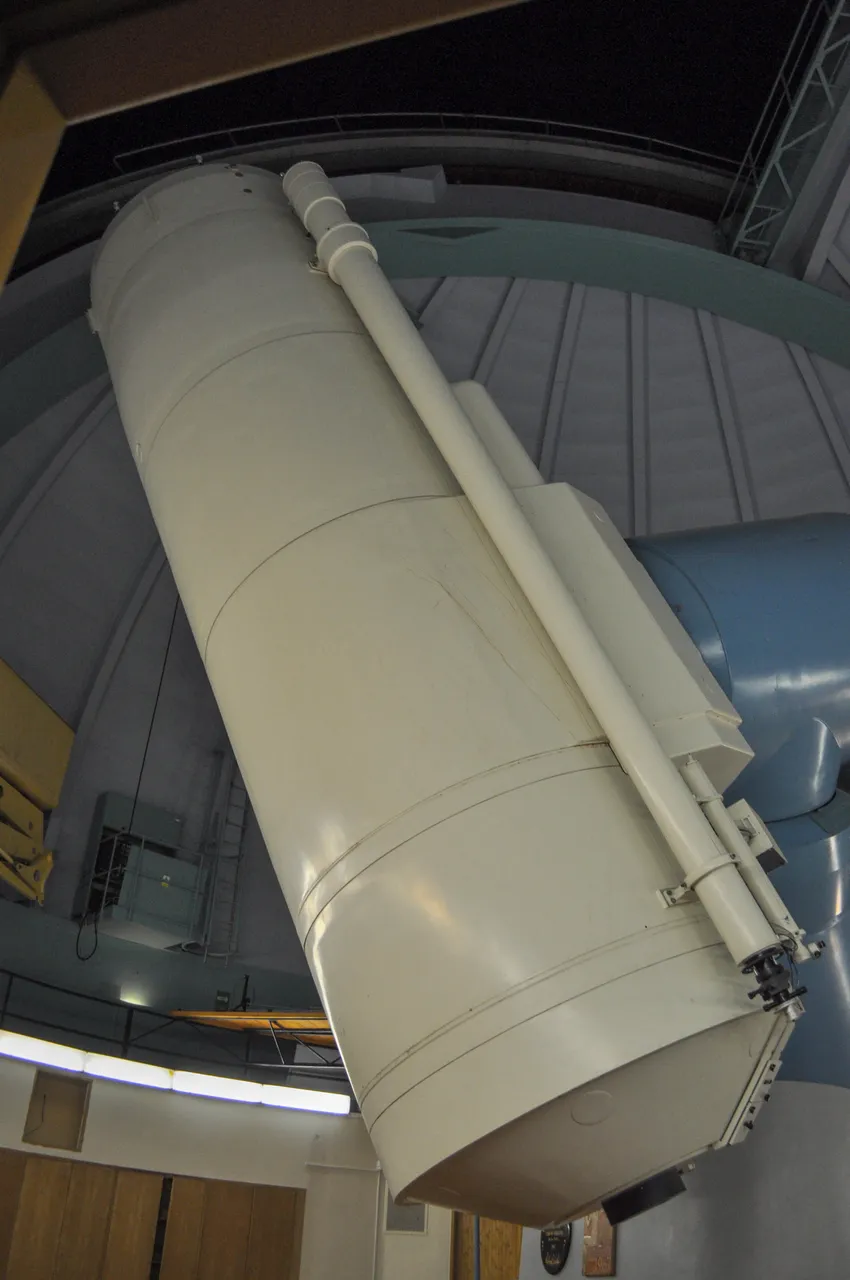
This 2m telescope in Ondrejov Observatory, located near Prague in the Czech Republic. This one does not have an eyepiece, meaning only possible to record with CCD camera, but nothing you have seen in the modern days DSLR/Mirrorless stuff. These cameras are pretty small, and this one is cooled down with liquid nitrogen to -40 degrees to get the best data we can.
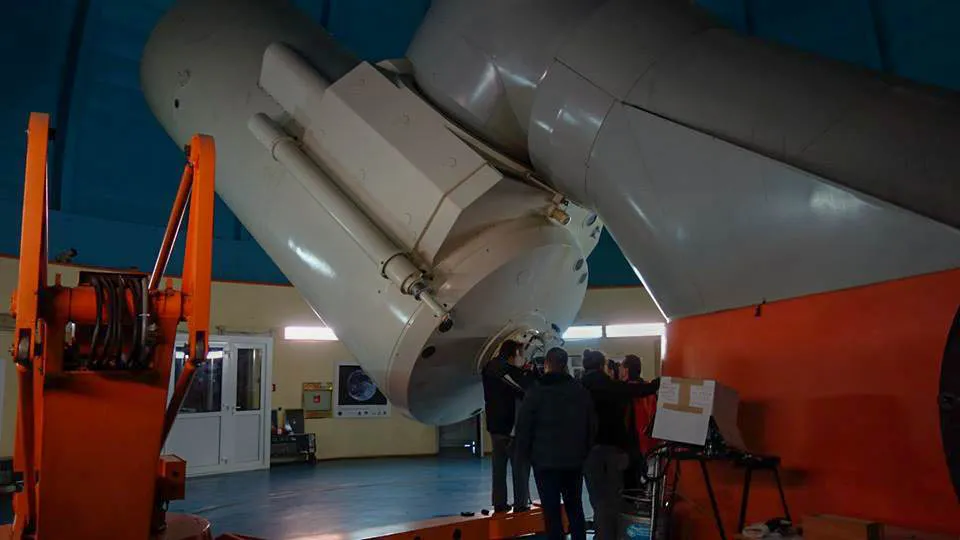
The last one is from Bulgaria Rozhen Observatory - they managed to get the funding, and not to shut the observatory a few years ago. Anyways just for comparison of the size, there are some humans looking through the eyepiece - really raw image of space.
Keep in mind that everything on sky moves - and we use automatic trackers - meaning that this construction must be so stable and focused on the object, and yet move throughout the observation night.
One of the projects I'm currently working on has got observing time in Chile, and hopefully, I will manage to get myself a ticket and actually visit the VLT telescope which is an interferometer (4 telescopes with 8.2m mirrors working together) - that is the beast and one of my scientific dreams.
Anyways, that's all for now, in the upcoming days there will be some images of space and more talk about the other type of telescopes and astronomy. If you have any questions, feedback, what you would like to know just ask, and if you like it don't be shy to show it in any way.
All photos are mine ©svemirac.

Thanks for stopping by.
Svemirac out!